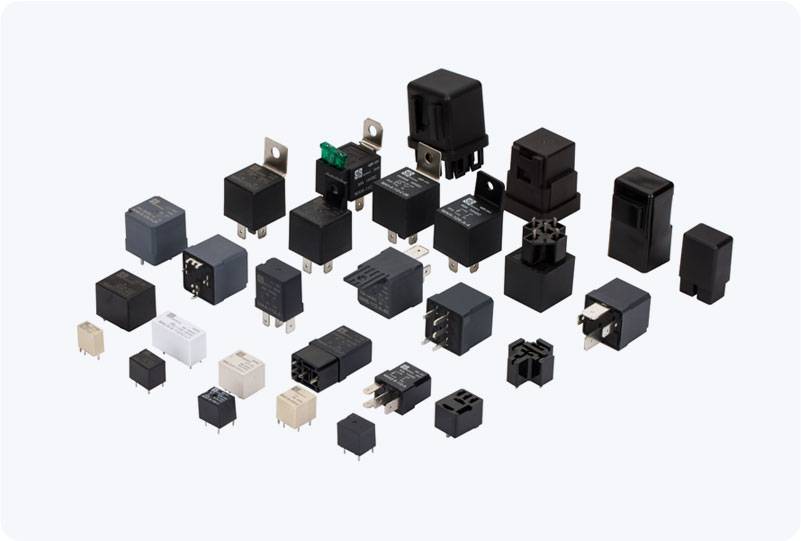In today’s rapidly evolving world of electronics and industrial automation, the need for reliable and efficient power control systems has never been greater. One of the key components in such systems is the power relay, and the 30A power relay stands out for its ability to handle high current and voltage levels, making it indispensable in a variety of high-power applications. This article explores the essential role of the 30A power relay, its key features, applications, and considerations when selecting the right relay for specific tasks.

What is a 30A Power Relay? A 30A power relay is an electromechanical switch designed to control high-power devices. The number “30A” refers to the maximum current the relay can safely switch – in this case, 30 amperes. This type of relay is typically used in applications where higher currents need to be managed, such as in automotive systems, industrial machinery, or household appliances. The relay operates by using an electromagnet to move a set of contacts, either closing or opening a circuit. This allows an external electrical device to control high-power equipment using a lower power signal.